Blogs & News
We are focus on automotive wiring harness & connectors technology.
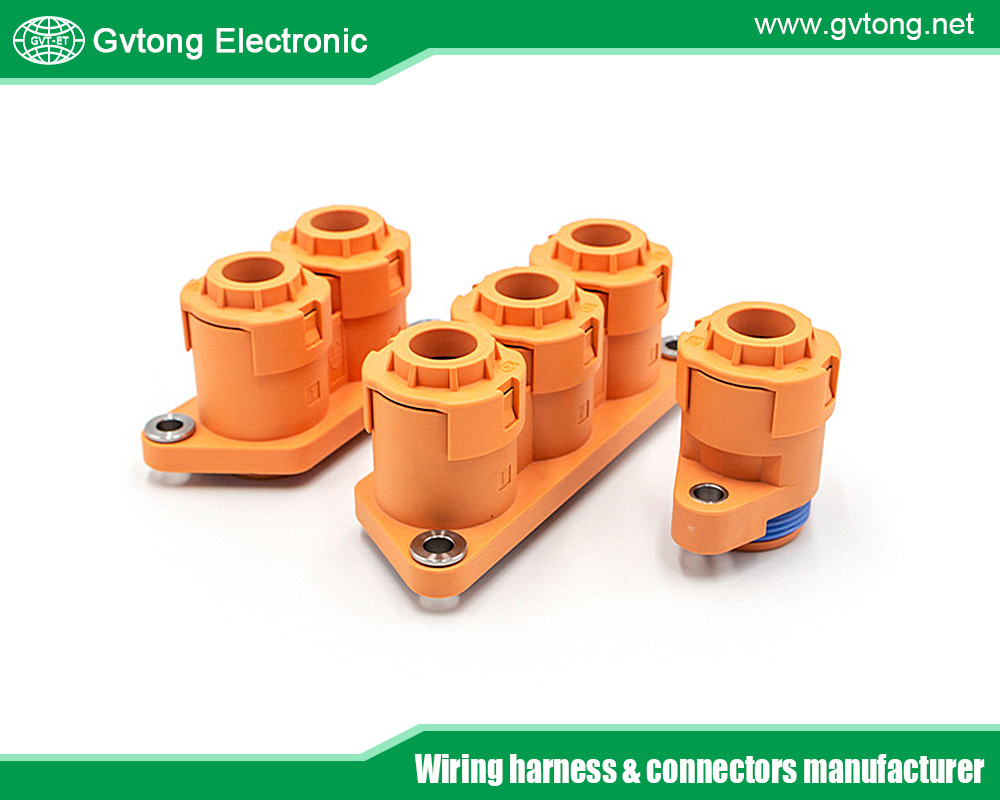
How to choose the right automotive electrical connector for your specific application?
- Gvtong Electronic
- 2 Pin Way Car Waterproof Electrical Connector, 4 Pin Connector, auto Connector, Automobile Waterproof Connector, automotive electrical connector, Automotive electrical connectors, automotive High voltage connector, automotive Low voltage connector, automotive Oil-resistant Connectors, automotive Signal Connector, automotive Vehicle Connector, automotive waterproof connectors, Connecting Terminal, Copper Alloy Connector, durable Connectors, electric Connectors Terminal, electrical battery connectors, electrical connector aviation connectors, electrical connectors, electrical wire connector, female electrical wire connector, high Current Connectors, high Voltage Interface Connectors, Latest Design Connectors, male Female Wire Connector, new Energy Connectors, plug Auto Electrical Wire Connectors, right Angle Pin Header Pcb Connector, wire connectors electrical
- No Comments
Choosing the right automotive electrical connector involves considering several factors, such as electrical needs, environmental conditions, and physical fit.
Research suggests focusing on current and voltage ratings, moisture resistance, and the number of pins for reliability.
It seems likely that vehicle type and specific system needs, like audio or sensors, also play a crucial role.
The evidence leans toward ensuring compatibility with cables and compliance with standards like ISO for safety and performance.
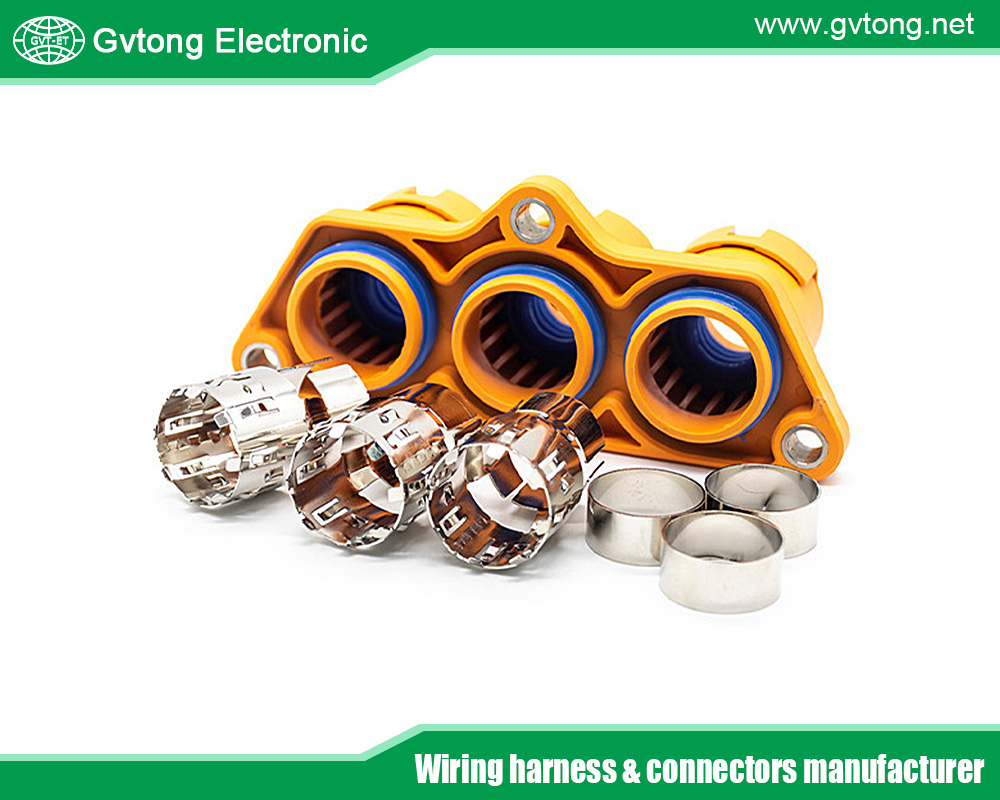
Electrical Requirements
Start by checking the current and voltage your system needs to ensure the connector can handle the load without overheating or failing. For example, high-power systems like power windows require connectors with appropriate ratings.
Environmental and Mechanical Factors
Consider where the connector will be used—moisture resistance is vital for outdoor or wet conditions, and vibration resistance is key for off-road vehicles. Look for connectors with a suitable IP rating for protection against dust and water.
Compatibility and Standards
Ensure the connector fits your cables and matches the vehicle’s specific needs, like the number of pins for audio systems. Check for compliance with standards like ISO 10487 for added reliability, especially for critical systems.
Comprehensive Guide to Selecting Automotive Electrical Connectors
Selecting the right automotive electrical connector for your specific application is a multifaceted process that requires careful consideration of various technical and environmental factors. This guide aims to provide a detailed overview, ensuring you can make an informed decision based on your vehicle’s needs and operational conditions. The following sections outline the key criteria, supported by insights from industry resources, to help you navigate this complex choice.
Electrical Specifications: Ensuring Power and Connectivity
The foundation of choosing an automotive electrical connector lies in its electrical specifications, which determine its ability to handle the system’s power demands.
Current Rating: It is critical to ensure the connector can manage the maximum current of your application. Exceeding the capacity can lead to increased resistance, component wear, and potential fire hazards. For instance, systems like power windows or lighting require connectors rated for high current to prevent overheating.
Voltage Rating: Similarly, the connector must support the operating voltage to avoid electrical arcing, damage, or intermittent connections, which could expose users to shocks or burns.
Number of Contacts/Pins and Circuit Density: The number of pins or contacts is essential for compatibility, ensuring the connector can handle the required circuits. Higher density, supports signal integrity and future-proofing, particularly for complex systems like modern infotainment setups.
Physical Characteristics: Fit and Form
The physical attributes of the connector must align with the installation environment and mating components to ensure a secure fit.
Shape and Size: Connectors come in various shapes, such as round, flat, rectangular, or triangular, which must match the mating part for safety. A mismatched shape can lead to improper connections, compromising vehicle functionality.
Form Factor: Consider whether you need a sealed plug, wire terminal, or board-to-board connector, depending on the application. For example, sealed connectors are common for automotive use to prevent environmental ingress.
Configuration: This includes the pin count and overall design, such as multi-pin sealed connectors for wire-to-board applications, ensuring it meets the specific task requirements.
These physical characteristics are crucial for ensuring the connector integrates seamlessly into your vehicle’s electrical system, particularly in space-constrained areas.
Environmental Resistance: Withstanding Harsh Conditions
Automotive connectors often operate in challenging environments, making resistance to external factors a key consideration.
Moisture Resistance: Essential for protecting against corrosion, especially in wet conditions. Connectors can be water-resistant, waterproof, or watertight, with IP ratings indicating the level of protection. For instance, an IP67 rating is suitable for exposed external connectors in rainy conditions.
Temperature Range: Ensure the connector can operate within the temperature extremes of your environment, such as under the hood where temperatures can exceed 100°C.
Chemical Resistance: For applications exposed to brake fluids, antifreeze, or oils, choose connectors designed to resist chemical degradation, ensuring long-term reliability.
Mechanical Properties: Durability and Ease of Use
Mechanical factors ensure the connector can withstand physical stresses and maintain connectivity over time.
Lock/Mating Mechanisms: Secure locking mechanisms prevent accidental disconnection, crucial for safety-critical systems like ignition or braking.
Strain Relief: Features that reduce stress on connection points enhance durability, particularly in high-vibration environments.
Vibration Resistance: Essential for off-road vehicles or heavy machinery, ensuring the connector remains secure under movement.
Engagement Force: Consider the force needed for connecting and disconnecting, balancing ease of assembly with durability, especially for frequent maintenance tasks.
Material Selection: Balancing Weight and Durability
The material of the connector impacts its performance, weight, and cost, depending on the application.
Plastic or Metal: Plastic connectors are lightweight and durable for general use, while metal connectors, are preferred for heavy-duty applications like construction or agriculture.
Material Impact: The choice affects resistance to environmental factors and overall longevity, with metal often providing better performance in high-temperature or corrosive settings.
Compatibility: Ensuring Seamless Integration
Compatibility ensures the connector works effectively with existing components and systems.
Cable Compatibility: Ensure the connector accommodates the wire gauge and type, using manufacturer compatibility charts to avoid damage. For instance, wire gauges 16-22 AWG are common in automotive applications, and the connector must match.
Interchangeability: Opt for Systems for compatibility with standard systems, ensuring availability and ease of replacement. This is particularly important for fleet management or aftermarket upgrades.
Signal Integrity: Maintaining Data Quality
For applications involving data transmission, signal integrity is paramount to prevent loss or interference.
Contact Resistance: Low contact resistance is essential, often achieved with gold or silver-plated alloys, to ensure reliable connections.
Capacitance and Inductance: For high-speed data, choose connectors with low capacitance and inductance to maintain signal quality, particularly in modern vehicles with advanced driver-assistance systems.
Standards and Certifications: Ensuring Quality and Safety
Compliance with industry connector meets quality and safety benchmarks, crucial for regulatory and operational reliability.
Relevant Standards: Examples include ISO 10487 for passenger car radio connections, SAE USCAR2 for performance specifications, and ISO 7736 for car radio front installation. These standards guide manufacturing, installation, and testing, ensuring reliability.
Certification Importance: Compliance can be critical for safety-critical systems, providing assurance of performance under specified conditions.
Finally, consider the specific needs based on the vehicle type and the electrical system component.
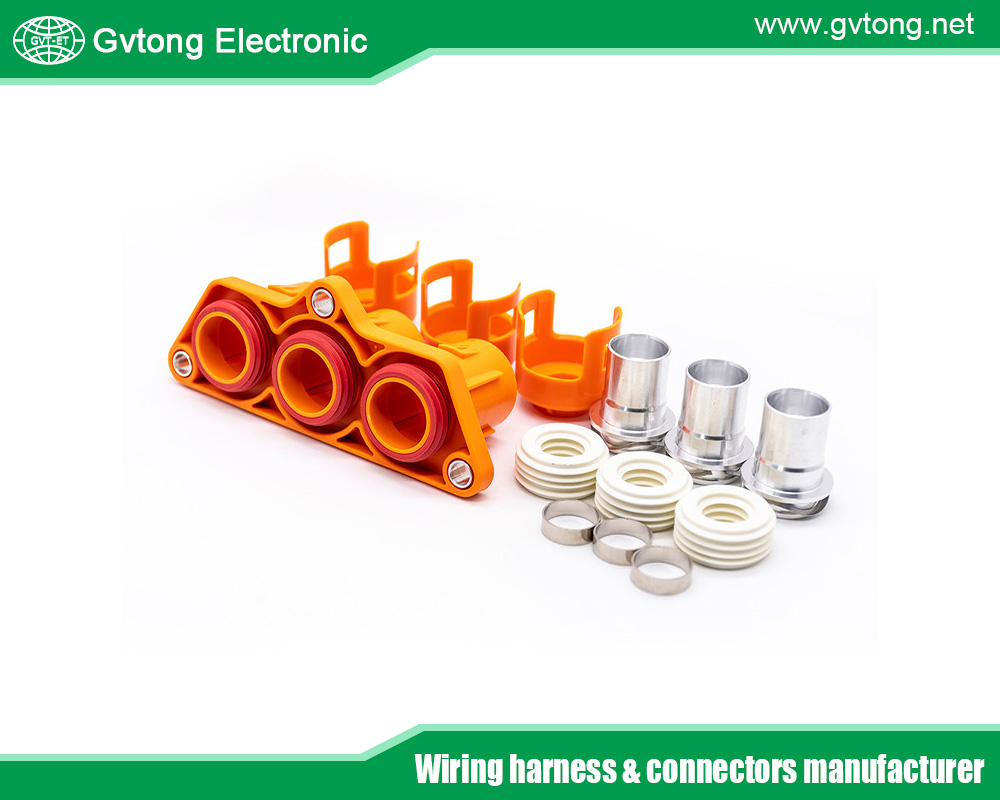
Vehicle Type: Different vehicles, such as cars, RVs, or boats, have unique requirements. For example, RVs may need rugged, weather-resistant connectors, while boats require corrosion-resistant options for saltwater environments.
System Component: Connectors are used for various systems, such as audio (ISO 10487 defines A-group for power, B-group for speakers), sensors, relays, ignition, and lighting. Tailor the choice to the specific component, ensuring compatibility and functionality.
For more about How to choose the right automotive electrical connector for your specific application?, you can pay a visit to Gvtong at https://www.gvtong.net/industrial-control/ for more info.
Recent Posts
The Best GR Series-Circular Connectors Manufacturer
The Best GD Series Combined Power Connector Manufacturer
A Guide to Selecting the Best GH Series Plastic Connector Manufacturer
How High Pressure Connectors Work?
The Best Automotive Connector Companies
Tags
Recommended Products
-
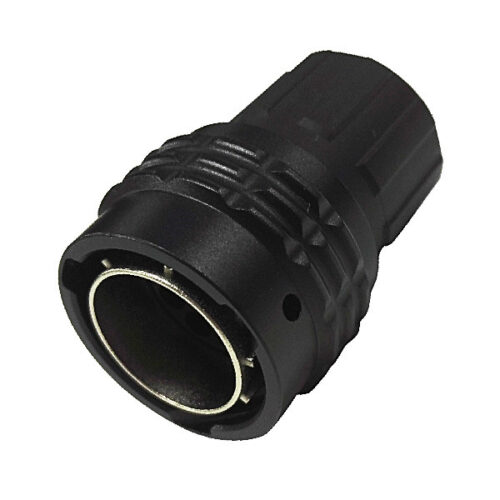
GR Series-8-core 12# circular signal connector
-
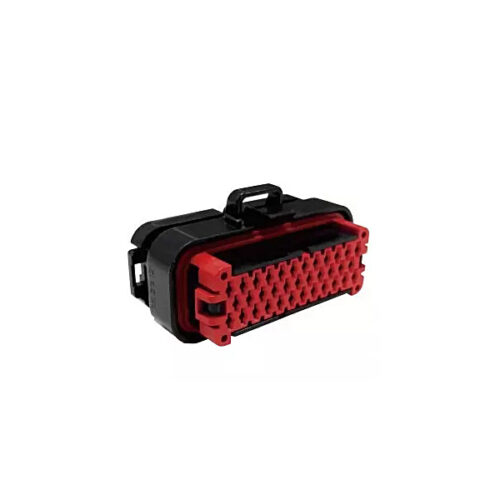
Signal connector – waterproof, three rows, 35 cores
-
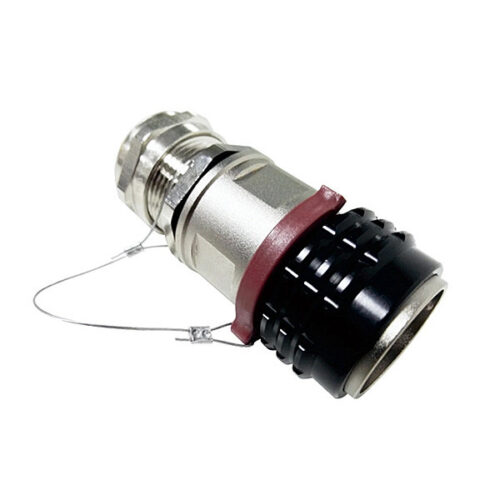
Signal connector-2 core
-
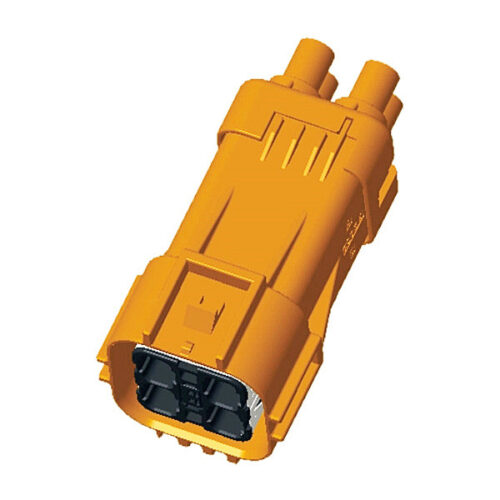
High voltage connector-GH630 series-4P
-
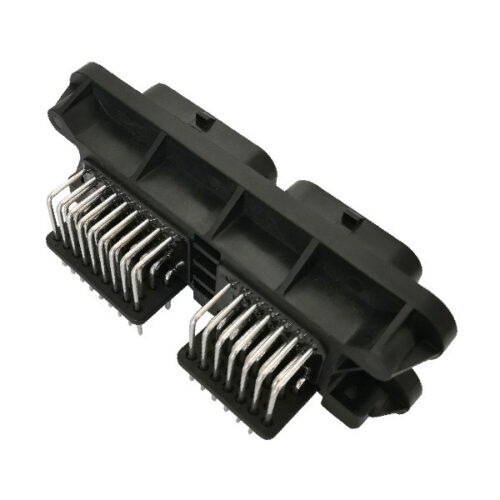
GE Series – 60-core (34+26) combined connector-socket
-
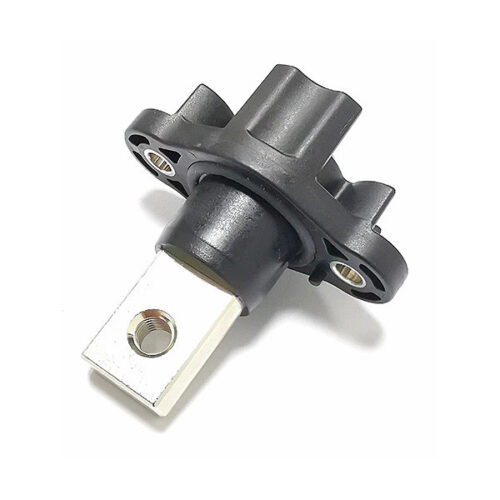
DC terminal
-
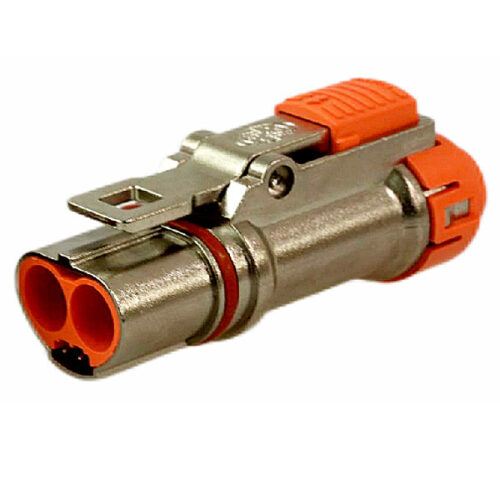
GM Series-3.6mm-2-core Metal Connector
-
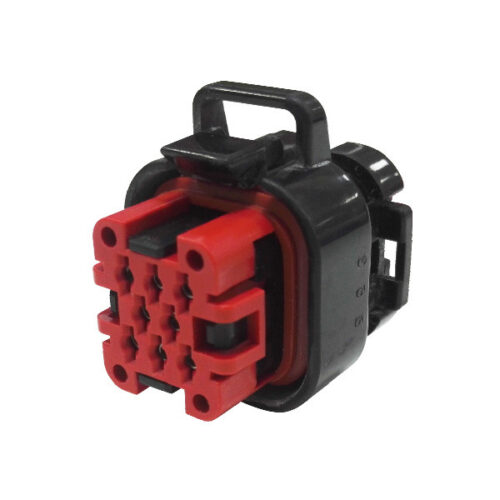
GE Series-8-core three-row signal connector
